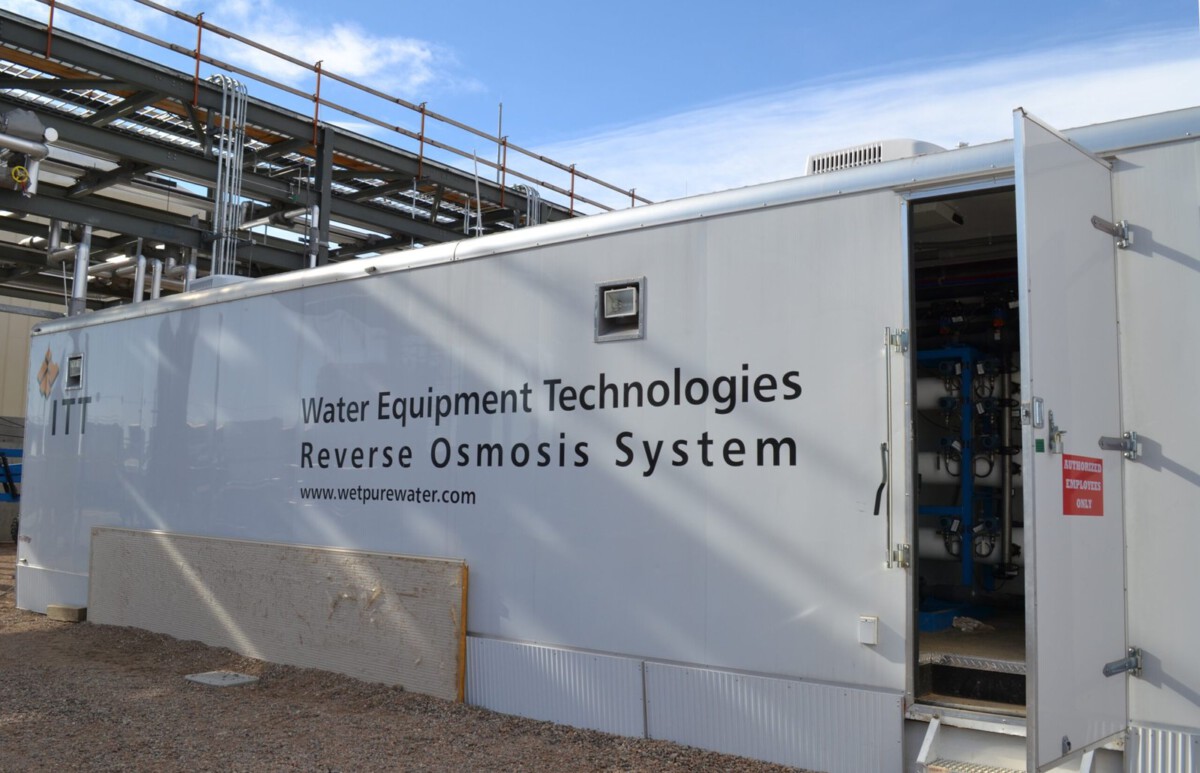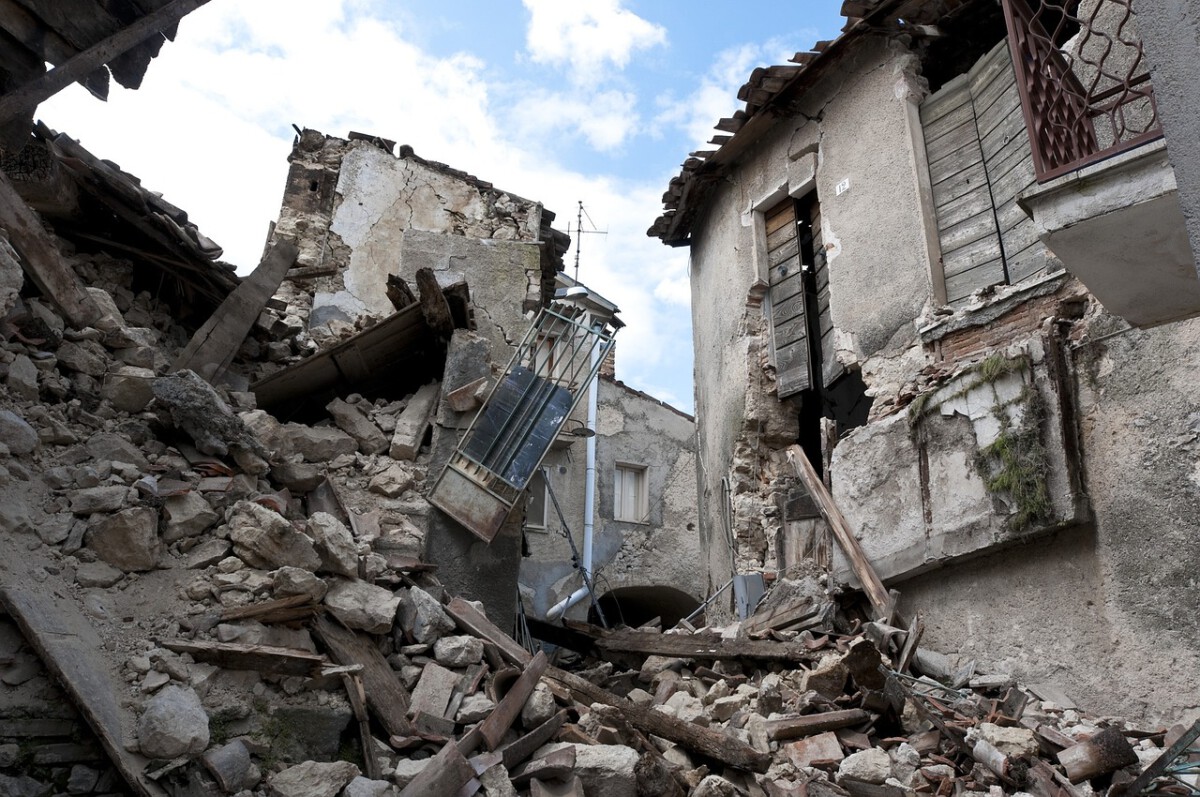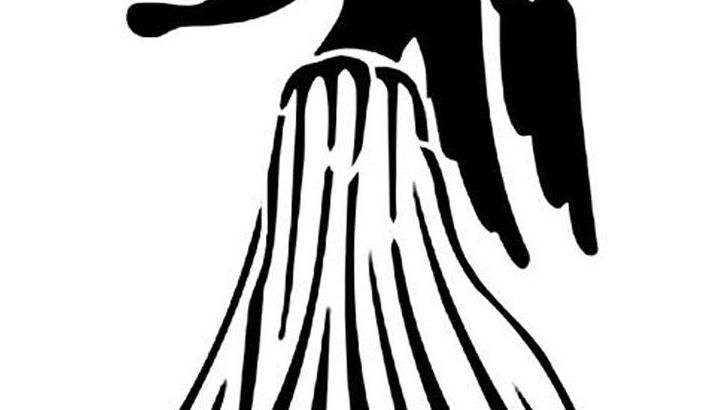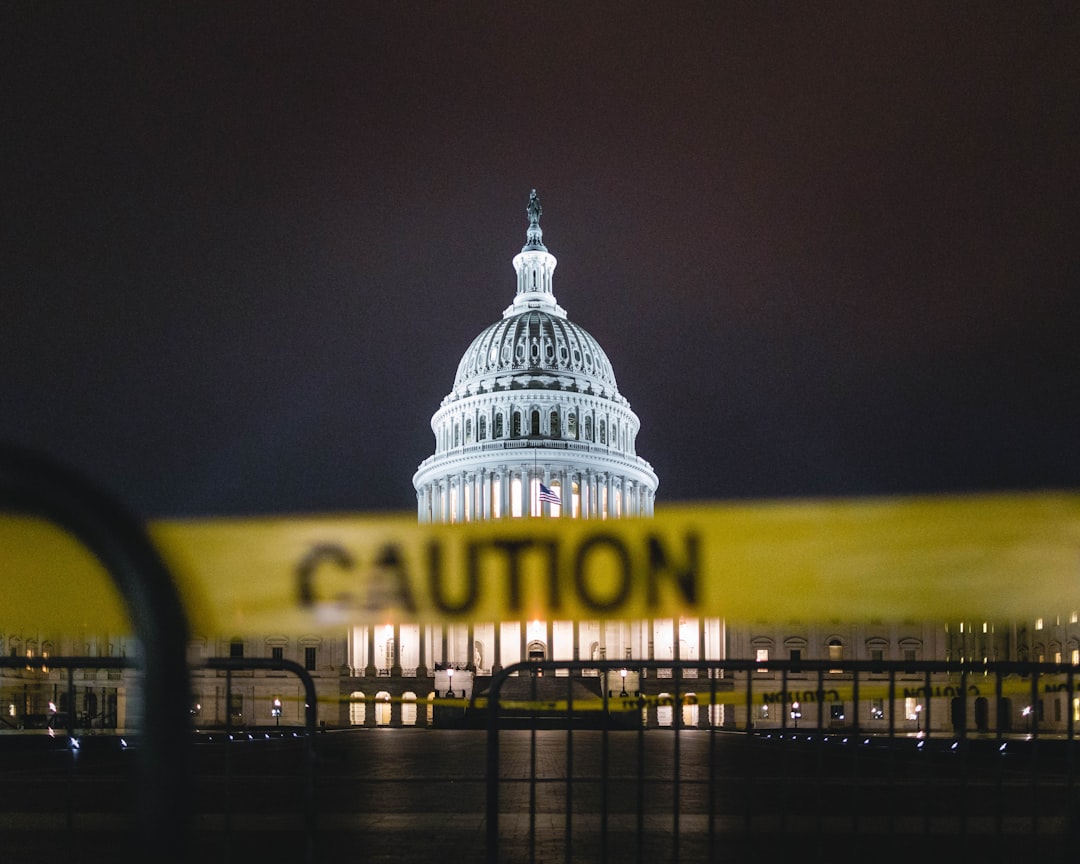Finland: The Gold Standard of Water Purity

Finland stands at the very top when it comes to clean water. In 2023, the World Health Organization highlighted that more than 99% of Finns have reliable access to safe drinking water. The country’s landscape is dotted with thousands of crystal-clear lakes and rivers, making fresh water easy to come by. But it’s not just nature doing the heavy lifting—Finland enforces some of the world’s strictest environmental regulations to keep waterways unspoiled. The Environmental Performance Index rated Finland number one for water quality last year, a testament to the country’s commitment to both people and nature. Water treatment facilities are equipped with advanced technology, and regular monitoring keeps pollution in check. Finnish residents rarely worry about contamination, and waterborne diseases are almost unheard of. It’s not an exaggeration to say that Finland’s tap water often tastes better than bottled—something that surprises many visitors.
Sweden: Clean Water from Nature’s Own Filter

Sweden’s secret to pure water lies deep underground. According to the Swedish Environmental Protection Agency, most of the country’s drinking water is drawn from natural groundwater, which acts as a powerful filter against contaminants. In 2024, Sweden was recognized for its innovative water preservation strategies—protecting forests and wetlands, which serve as important natural buffers. The government has also invested in state-of-the-art purification systems that can catch even the tiniest traces of pollution. Swedes are proud of their water quality, with over 90% expressing satisfaction in recent national surveys. The country’s robust water monitoring program means that any changes in quality are quickly detected and addressed. Even in cities, people often drink straight from the tap without worry. Sweden’s approach is both high-tech and nature-friendly, proving you don’t have to choose between the two.
Switzerland: Mountain Springs and Rigorous Standards

Switzerland’s reputation for cleanliness extends beyond its streets and trains—its water standards are equally impressive. The Swiss Federal Office for the Environment reported in 2025 that 80% of Swiss drinking water comes from pristine springs and underground sources. The country boasts some of the most rigorous water regulations in Europe, covering everything from source protection to strict limits on chemicals and microbes. Conservation efforts are a national priority, and public awareness campaigns keep citizens engaged in water stewardship. Waterborne illnesses are extremely rare, thanks to this meticulous attention to detail. Switzerland’s mountain geography naturally filters water, making it exceptionally pure by the time it reaches the tap. It’s common to see locals filling bottles at public fountains, a tradition rooted in trust and pride in their water quality.
Norway: Nature’s Reservoir of Freshwater

Norway is blessed with abundant freshwater—over 1,000 lakes, countless rivers, and a landscape shaped by glaciers. The Norwegian Institute for Water Research describes Norway’s water as among the cleanest anywhere, with pollution levels consistently low. In 2023, Norway’s water quality earned high marks in the Environmental Performance Index, reflecting strong management practices. The government has poured resources into modern treatment plants that use cutting-edge technology to keep water safe. Strict environmental laws protect catchment areas from farming runoff and industrial waste. Norwegians are known to drink straight from mountain streams while hiking, a testament to their trust in nature and their country’s stewardship. The combination of geography and vigilant policy results in water that’s not just safe, but often described as tasting fresh and sweet.
Canada: A Land of Lakes and Pristine Waters

Canada’s claim to water fame is sheer volume—it holds about 20% of the world’s freshwater supply within its borders. Environment and Climate Change Canada’s 2023 report found that over 85% of Canadians are satisfied with their drinking water. The government runs extensive monitoring programs to ensure water remains clean, testing for pollutants and adjusting regulations as needed. Canada’s vast forests and wetlands act as natural filters, protecting streams and lakes from contamination. In 2024, the country was praised for new efforts to safeguard water sources from industrial threats and excessive withdrawal. In many regions, the tap water is so pure that it’s bottled and sold internationally. Despite its bounty, Canada remains vigilant, recognizing that clean water is both a natural gift and a responsibility.
New Zealand: Nature’s Filtration at Work

New Zealand’s dramatic landscapes don’t just provide postcard views—they also ensure some of the world’s cleanest water. The Ministry of Health stated in 2025 that over 90% of New Zealanders rely on treated water, much of it sourced from underground aquifers and natural springs. The country’s geography—mountains, forests, and plentiful rainfall—naturally filters and refreshes water sources. Environmental sustainability is a national ethos, and conservation efforts are backed by strong public support. Water safety is a top concern, and thorough testing ensures contaminants are swiftly dealt with. Even in cities, tap water is trusted and enjoyed. New Zealanders are fiercely protective of their waterways, seeing them as a vital part of both heritage and daily life.
India: A Nation on the Brink of Water Crisis

India’s water troubles are hard to ignore. According to the National Institution for Transforming India (NITI Aayog), nearly 600 million people face high to extreme water stress. Rapid urbanization, pollution, and erratic climate patterns have made clean water a daily challenge for millions. The government has started several programs to improve water management, but progress is slow. Reports from 2024 show that many major rivers, including the Ganges and Yamuna, remain heavily contaminated by industrial waste and untreated sewage. Rural areas often rely on wells that run dry or are polluted. Health risks are severe, with waterborne diseases a constant threat. The challenge is enormous, and the stakes couldn’t be higher for India’s future.
Yemen: Water Scarcity Amid Humanitarian Crisis

Yemen’s water situation is nothing short of a humanitarian emergency. The United Nations reported in 2023 that over 18 million Yemenis lack reliable access to safe drinking water. Years of conflict have left infrastructure in ruins, making even basic water delivery dangerous and unreliable. Many communities depend on trucked-in water or contaminated wells, and children are especially vulnerable to illness. Aid organizations work tirelessly to provide clean water and sanitation, but the need far outstrips supply. Wells are drying up faster than they can be replenished, and water prices have soared, putting more pressure on families already struggling to survive. Yemen’s crisis is a stark reminder of how fragile water security can be.
South Africa: Droughts and Demand Stretch Resources

South Africa faces growing challenges from water scarcity and pollution. The Department of Water and Sanitation reported in 2024 that major cities like Cape Town and Johannesburg are experiencing severe shortages, partly due to prolonged drought and mismanagement. Rivers and lakes suffer from pollution—industrial runoff, untreated sewage, and agricultural chemicals all take a toll. In response, the government launched a new national water strategy last year focused on conservation, upgrades to infrastructure, and better enforcement of existing regulations. But ongoing climate change and population growth are making recovery difficult. Water restrictions are now a part of daily life for many South Africans, and concerns about the future are widespread.








